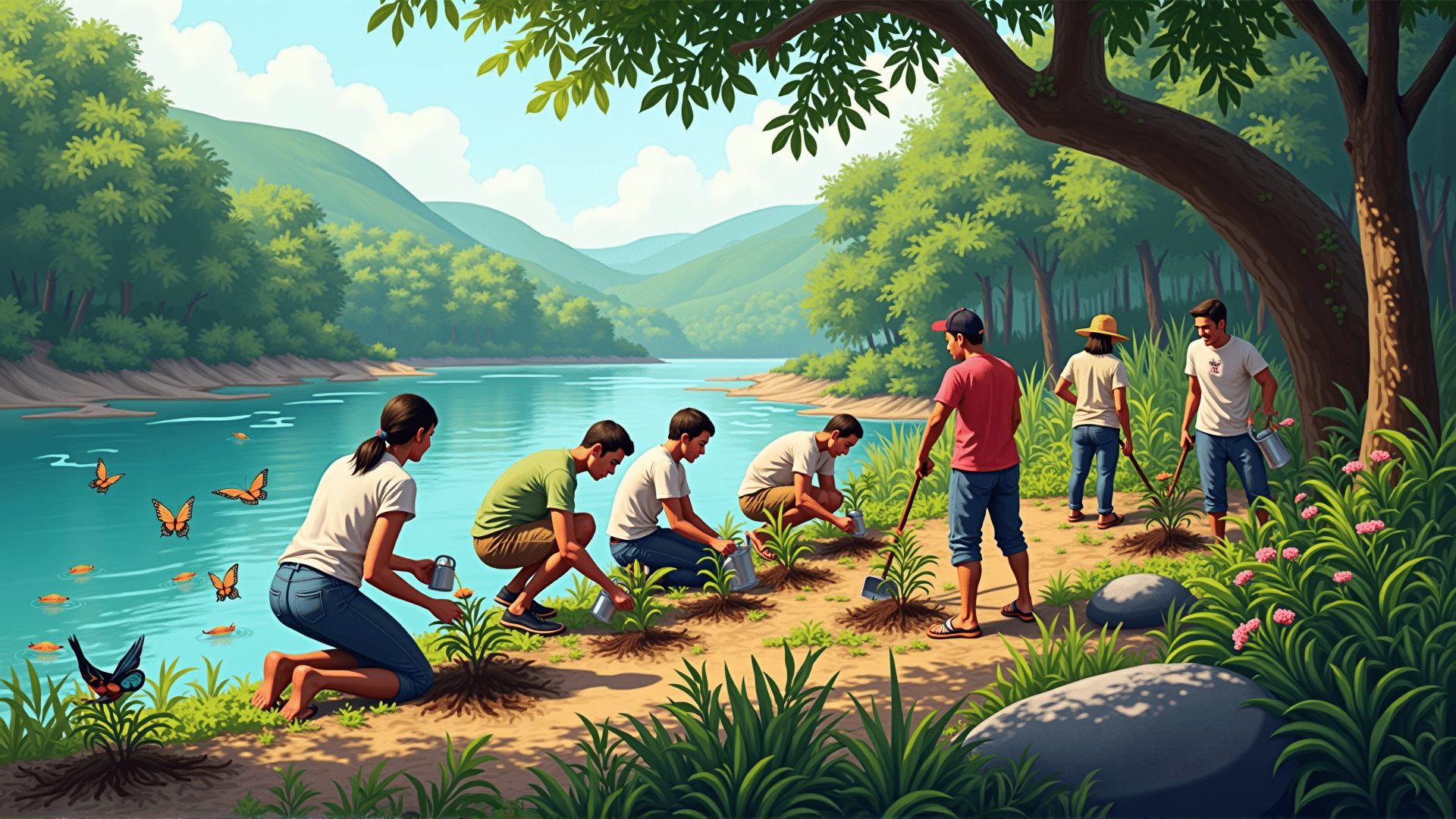In the vibrant and diverse landscape of the Philippines, biodiversity holds a special place in the hearts and minds of its inhabitants. This Southeast Asian archipelago is renowned for its rich array of flora and fauna, with a significant number of species found nowhere else on earth. However, as with many parts of the world, this natural wealth faces numerous challenges. One of the most effective strategies to counter these challenges is through the concerted efforts of local communities.
Community action serves as a powerful tool in safeguarding the rich biodiversity of the Philippines. It empowers individuals to take charge of their environment, fostering a culture of responsibility and care. By uniting in a common cause, communities can implement sustainable practices that not only protect the natural world but also improve their own quality of life.
In many regions across the Philippines, local groups have taken innovative steps to preserve their unique ecosystems. For instance, some coastal communities have established marine sanctuaries, leading to the revival of coral reefs and the return of marine life. These community-driven projects often start small but gradually expand, offering tangible benefits both for the environment and for those who depend on it for their livelihoods.
Recycling initiatives form another critical aspect of community action in protecting biodiversity. By reducing waste and recycling materials, communities can minimize pollution and decrease the pressure on natural resources. Local organizations have championed recycling programs that educate residents on the importance of segregating waste and reusing materials. Such efforts help prevent the irresponsible disposal of waste, which can be detrimental to both land and marine ecosystems.
Moreover, environmental stewardship is a deeply ingrained cultural value in many parts of the Philippines. Indigenous groups and rural communities, in particular, possess a profound understanding of their local environments. They have practiced sustainable methods of farming and fishing for generations, maintaining a delicate equilibrium with nature. By reviving and supporting these traditional practices, communities can ensure that both biodiversity and cultural heritage are preserved for future generations.
The impact of community action extends beyond environmental benefits; it also fosters social cohesion and a sense of purpose. When people come together to tackle environmental challenges, they build stronger communities that are resilient and adaptive. Education and awareness play a critical role in this process, as they equip individuals with the knowledge and tools needed to make informed decisions about their environment.
In conclusion, the protection of biodiversity in the Philippines is intricately linked to the actions of local communities. By embracing sustainable practices, promoting recycling, and valuing traditional knowledge, these communities are not only safeguarding their natural heritage but also paving the way for a healthier, more sustainable future. Their efforts serve as an inspiring example of what can be achieved when people unite in a shared commitment to protect the environment.
